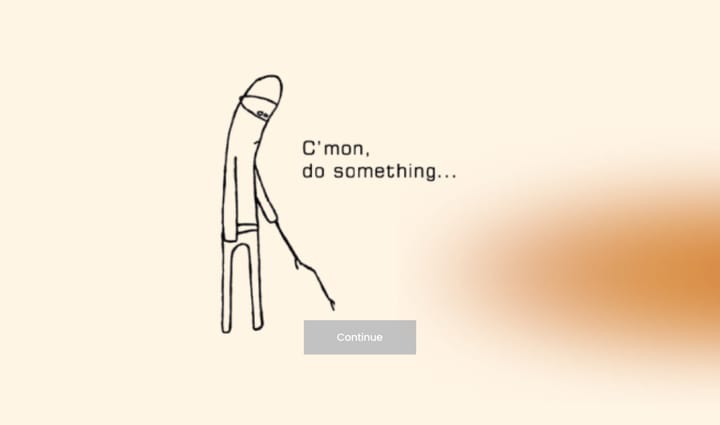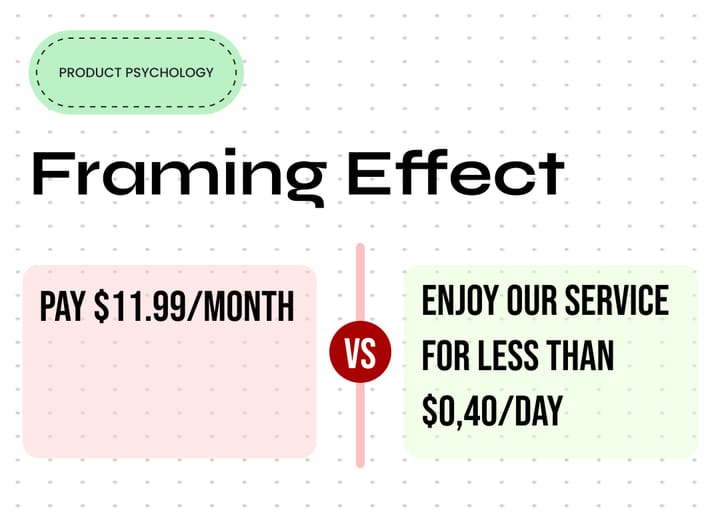Why Direct Questions Might Skew Your User Testing Insights

Introduction
Imagine you launch a new product and want to know if people would buy it for $50. So, you ask directly, "Would you spend $50 on my product?" This seems like a straightforward way to get feedback, but it can actually mislead you. People might say yes to be polite or no because they haven't fully thought about it. The real challenge is asking the right questions that reveal what users truly think about your product.
The questions you ask directly and the questions you want answered are two different sets of questions.
The Problem with Direct Questions
Asking a user if they would spend a specific amount on your product can lead to unreliable answers. People might respond based on what they think you want to hear, or they might give an answer without much thought. This doesn’t tell you how they truly feel about your product or how much they might actually be willing to pay.
A Better Approach: Asking the Right Questions
To get useful information, you need to ask questions that help you understand the user's perspective better. Here’s how:
- Understand Perceived Value
- Instead of asking if they would spend $50, ask: "What do you think is a fair price for products like this?" This way, you learn what they expect to pay without putting pressure on them.
- Ask: "How much would you expect to pay for a product that does [describe key benefits or features]?" This helps you understand how they value the features you offer.
- Identify the Problem and Solution Fit
- Ask: "What problem does this product solve for you?" This question helps you see if your product is solving a real need for the user.
- Ask: "How important is it for you to solve this problem?" This tells you how valuable the solution is to the user, which can help you set a price.
- Explore Comparative Analysis
- Ask: "What similar products have you considered or used?" This helps you know what other options users have and how your product compares.
- Ask: "How does this product compare to others you’ve seen?" This helps identify your product's strengths and areas for improvement.
- Gauge Willingness to Pay
- Ask: "What factors do you consider when buying a product like this?" This tells you what is important to users when they make a purchase.
- Ask: "At what price would this product be too expensive?" and "At what price would this product be a good deal?" These questions help you find a price range that users are comfortable with.
Conclusion
To get the best results from user testing, you need to ask the right questions. By moving away from direct questions like, "Would you spend $50 on my product?" and instead asking more thoughtful, open-ended questions, you can get a better understanding of how users really feel about your product. This approach helps you gather valuable insights that can guide your pricing, marketing, and product development strategies, ensuring that your product meets the needs and expectations of your users. Remember, the questions you ask directly and the questions you want answered are often two different sets of questions.


